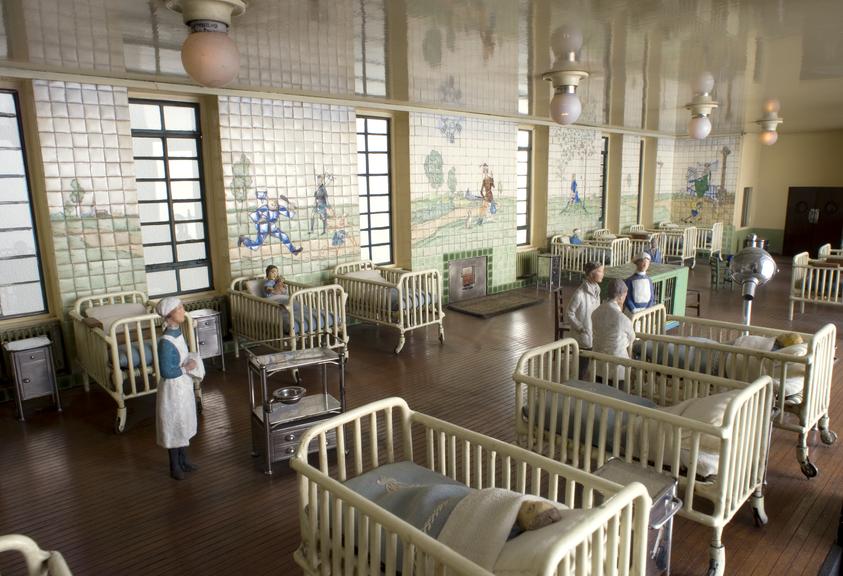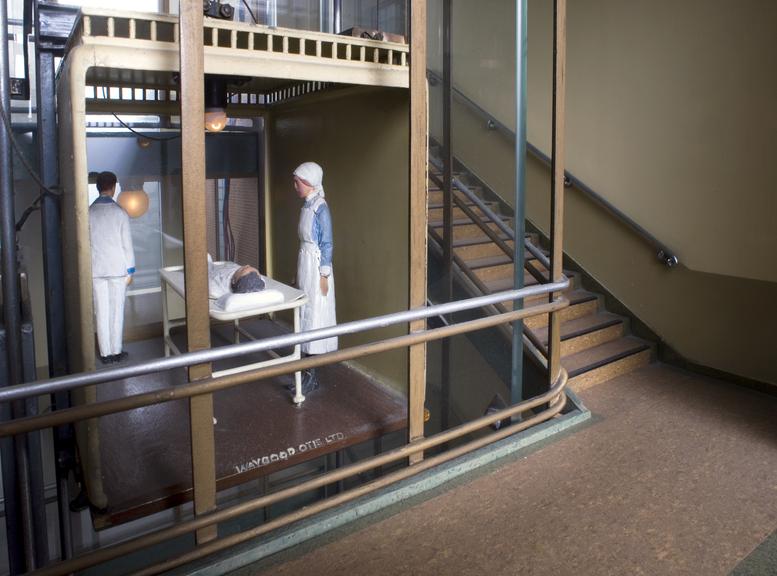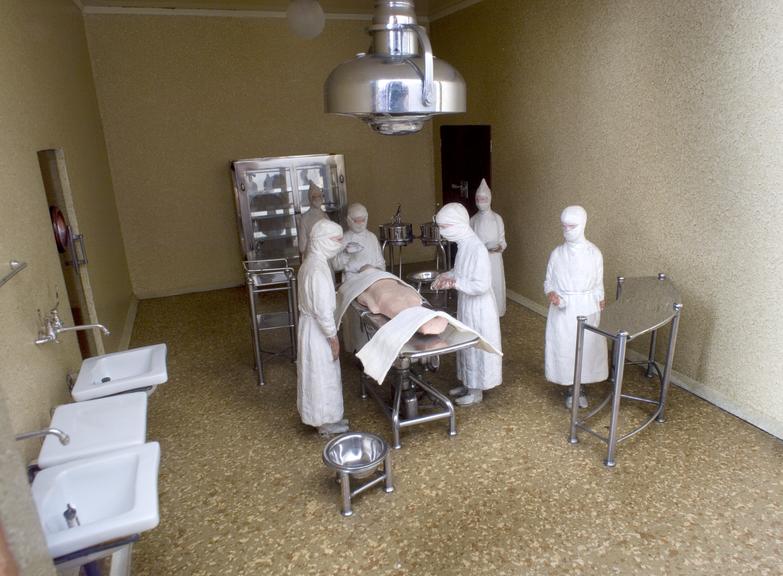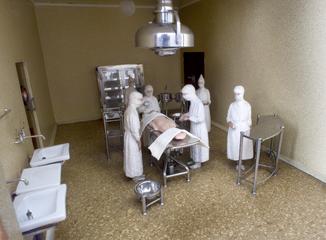
Section of miniature hospital including kitchen and theatre
1930-1932








































Miniature hospital, scale 1:16, made for publicity for King Edward's Hospital Fund for London, 1932
This scale model of an archetypal, 1930s modern hospital was an eye-catching way of showing the important work of such institutions to members of the public. It was complete in as many details as possible, encompassing wards, operating theatres, X-ray equipment, kitchens and even an electric lift, which worked if you pressed a button. The model was made to an extremely high standard, with much of the model equipment made by the same companies that manufactured the real full-size versions. Queen Mary, wife of King George V, even contributed her lace handkerchiefs as tiny bedspreads and the Prince of Wales launched the display of the model in January 1933. It then toured the nation, travelling to venues packed up in a special trailer, being seen by hundreds of thousands of people.
It was made by the King Edward’s Fund for London, now known as the King’s Fund, a charity that was then raising money for voluntary hospitals in the city. They hoped that seeing the model would help the public understand the importance of modern hospitals, and develop a sense of responsibility for maintaining them. The model’s story says much about medicine in 1930s Britain where public support was essential for the survival of voluntary hospitals during the economic hardship of those interwar years. And more than a decade before the creation of the National Health Service (NHS).
The display of the miniature hospital, with the accompanying lectures, films and leaflets succeeded in raising large sums of money. In 1933, the Fund’s grants met a tenth of annual costs of maintaining London’s hospitals.

1930-1932
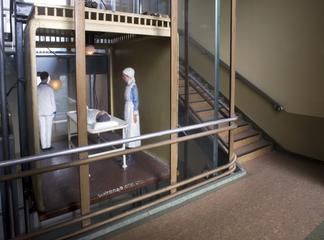
1930-1932
1930-1932
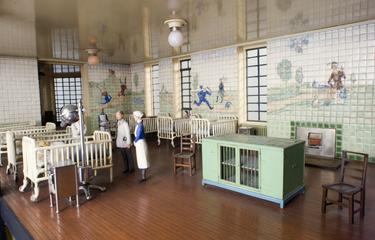
1930-1932
1930-1932
1930-1932
1930-1932
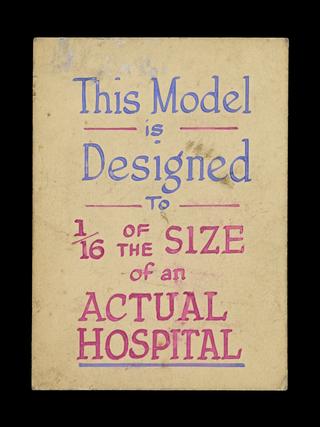
1930-1932
1930-1932
1930-1932

1930-1932
1930-1932
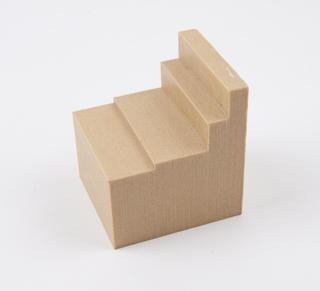
1930-1932
1930-1932
1930-1932
1930-1932
1930-1932
1930-1932
1930-1932
1930-1932
1930-1932
1930-1932

